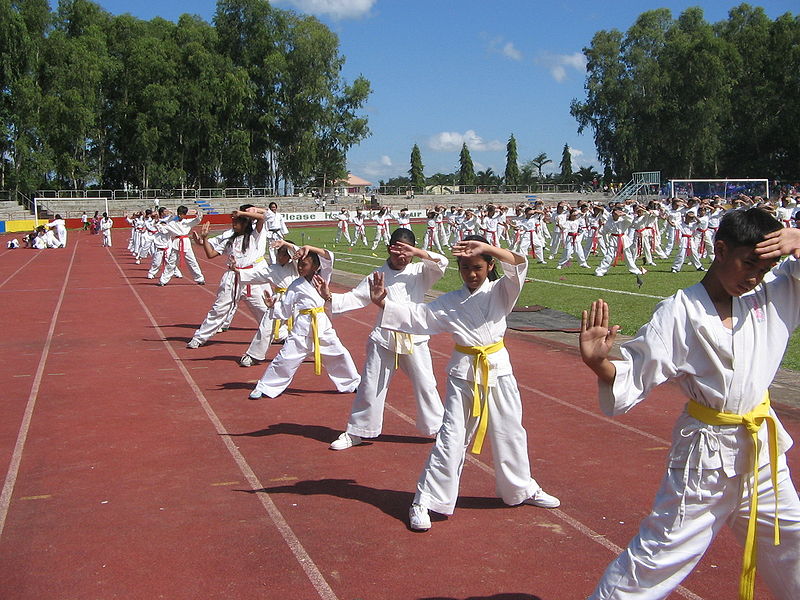
Why We’re Losing Athleticism
Last year, as the day was wrapping up a training session at Cressey Sports Performance, one of the last remaining clients in the gym took a detour on his way to the exit to leave for the night. This client, a 39-year-old engineer who’d been training with us for about eight months, strolled over to the power rack.
Once there, he proceeded to do a quick and effortless muscle up into a pseudo gymnastics routine, all atop the power rack. My jaw pretty much hit the floor.
Stunned, I asked him, “Where did that come from?”
His response: “It was in our school curriculum. I’ve been able to do it since I was little.”
You see, this client was born in Soviet Union (the region now known as Ukraine), and learning to move like this was an integral lesson in each day of schooling. In spite of the fact that he hadn’t done much organized training in recent years – and the fact that he probably sits at a desk too much during the day, this client had maintained some significant movement capabilities. As I thought back on his training history with us, too, I recalled that he not only crushed his evaluation, but also picked up new movements we introduced incredibly easily. If you build a foundation, it’s there for good.
Now, compare that to the current model for “athletic development” (if you can even call it that) in the United States. Fewer and fewer kids have physical education classes in school, and we have earlier and earlier sports specialization taking place.
Very few American kids are exposed to the rich proprioceptive environments that not only makes them good athletes, but also sets them up for a lifetime of good movement.
In this New York Times article – which is actually several years old – some disturbing statistics were presented:
In its biennial survey of high school students across the nation, the Centers for Disease Control and Prevention reported in June that nearly half said they had no physical education classes in an average week. In New York City, that number was 20.5 percent, compared with 14.4 percent a decade earlier, according to the C.D.C.
That echoed findings by New York City’s comptroller, in October, of inadequate physical education at each of the elementary schools that auditors visited. Researchers at the University of California, San Francisco, found just 20 percent of elementary schools in San Francisco’s system were meeting the state’s requirements: 20 minutes per day.
Most of the focus in this regard has been on implications with respect to childhood obesity, but the truth is that it has likely has just as profound an impact on long-term athletic development, as well as performance in school, as exercise and quality movement have tremendous benefits for brain function.
In the U.S., we are reaping exactly what we sow. We’re fatter than ever, have far more injuries (both in competitive athletes and the general population), and aren’t the international sports powerhouse we once were. Our academic performance has also slipped considerably as compared to other countries around the world, and while there are loads of socioeconomic factors that influence this, I think it’s safe to say that healthier, active kids are smarter kids. Anecdotally, the typical athletes I’ve seen on initial evaluations are now considerably less athletic than what I saw in 2006, when I first moved to Boston. These kids also have more extensive injury histories, and they’re on more medications.
Clearly, what we’re doing isn’t working. It’s time to get kids moving, encourage fun and free play, and discourage early specialization. Please spread the word, and do your part.




